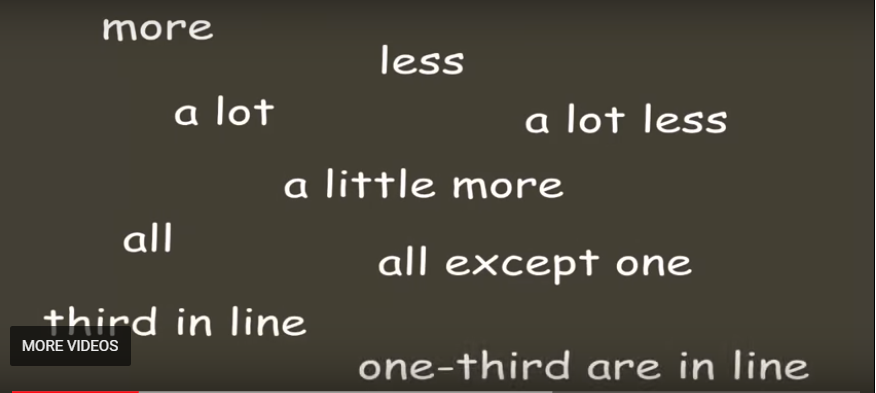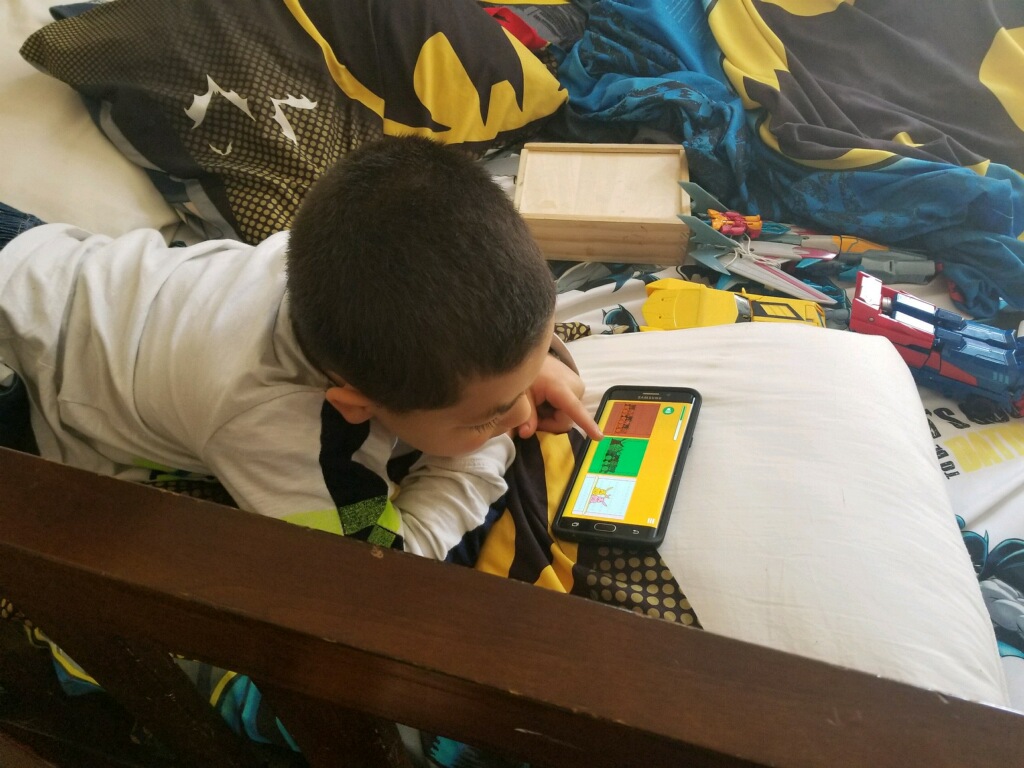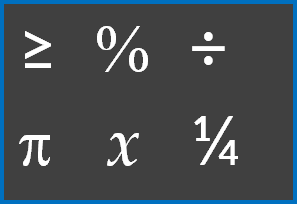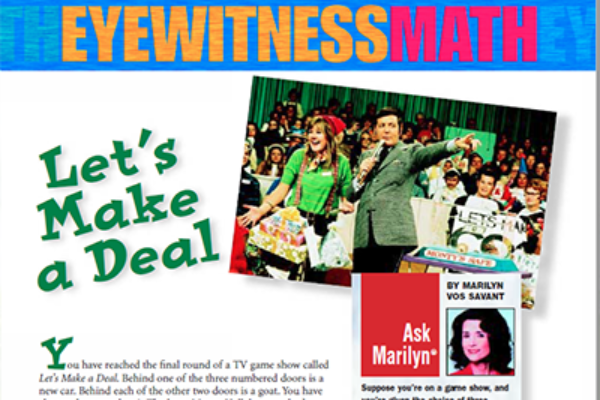
Learning Math Words and Phrases

We’re not talking about vocabulary and definitions. We’re talking about common speech − about using math words and phrases in everyday situations. Research and classroom evidence shows that understanding and speaking math language in natural sentences makes it easier to learn math. Students who practice paying attention to words in context are less likely to fall into the common difficulties with word problems. And they are more likely to make sense of the demands of new curriculum standards.
We’ve Heard It All Before

Two out of three U.S. eighth-graders are not proficient in math. Even in developed countries that outscore us on international exams, the proficiency rate is below 50%. In the United States alone, well over 30 million K-12 students fall into this category. Internationally, that number is several hundred million. More than half of U.S. students entering 2-year colleges need to take at least one developmental course because they are not ready for college-level algebra.
We Know the Problem Begins Early

These staggering numbers stem in part from a lack of math language fluency, a failing that begins before children reach school age. As is the case with language in general, not all children are raised with adequate exposure to natural math vocabulary and usage. Too many enter school lacking the verbal understanding they need to learn math.
…And Continues Past High School

Schools tend to exacerbate rather than remedy the problem. Students are expected to learn how to use symbols for terms like one-half of and one less than without the prerequisite understanding of those phrases. Those who don’t catch on right away are considered – by teachers, classmates, and themselves – to be not good in math. And they fall further behind.
We Can Break the Cycle

To disrupt this negative cycle, we need to help all students attain an early verbal foundation in math. Preschool children should learn the friendly language of math so they can understand the ideas behind the symbols and procedures. We need to help older students catch up by learning the terms and phrases of an increasingly quantitative world: 40 percent more risk; two-thirds of the voters; at a cost of $40 billion; buy 1 get second at half-off.
By Teaching Math Language in a Natural Way

Our brains are built to learn language. Like programs that teach second languages, Words2Math takes advantage of this natural ability of ours, teaching through experience, not rules. In this way, Words2Math helps children and adults become fluent in what could be considered the most important language in the world today.



